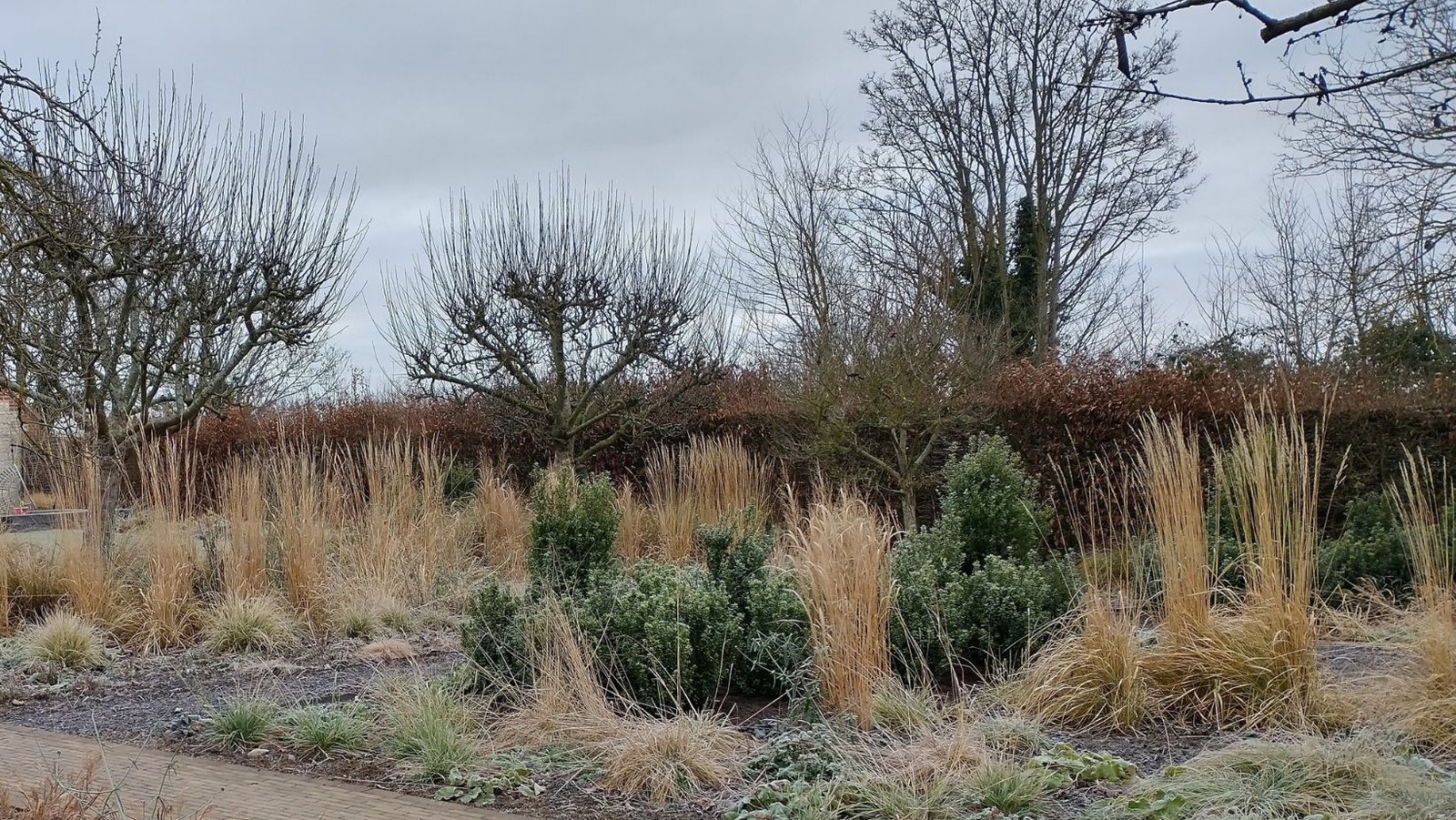
Winter Gardening
Many think winter is the time to “put the garden to bed.” The borders are often bare, trees and shrubs have lost their leaves, the lawn slows down and it’s tempting to retreat indoors until spring. But don’t be deceived – gardens never truly sleep. Even in the quiet months, life, colour and important work are happening above and below ground. Winter is when nature restores itself and when we can step in to give it a hand. It’s the moment when we can prepare for next year’s growth and tend to traditional craft jobs that support the health of our gardens. It’s a time to create vital habitats for wildlife, setting the stage for a thriving garden in the year ahead.
Here are some of the winter jobs you could be thinking about, whether you’re keen to keep your garden looking its best, want to increase biodiversity, or simply enjoy the satisfaction of good seasonal work.
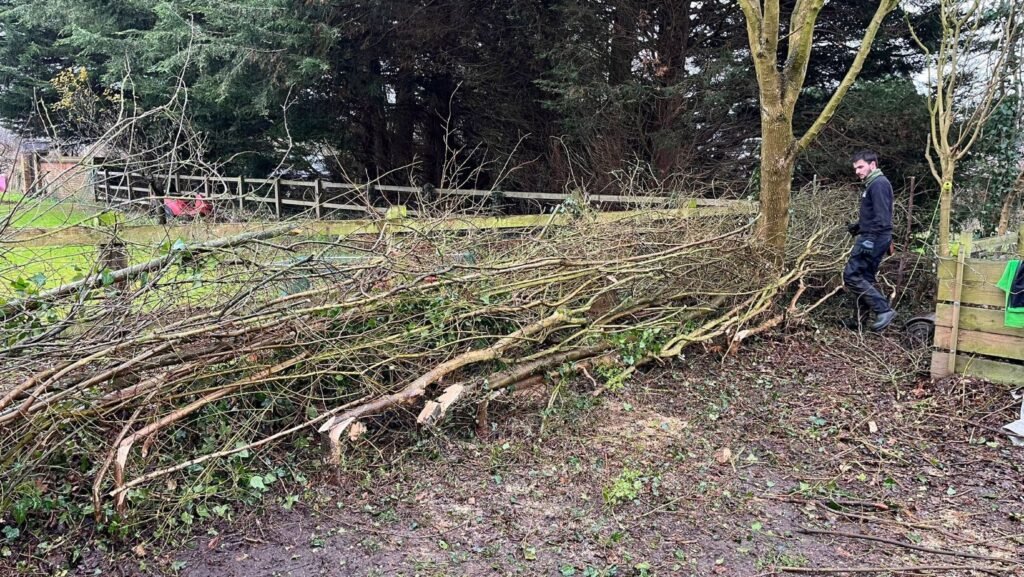
1. Rejuvenate Hedges and Trees
Winter is the traditional time for hedge laying – an age-old countryside skill that breathes new life into tired hedges. Native species like hawthorn, blackthorn, hazel, hornbeam and field maple respond beautifully to laying. By next spring, they’ll be sprouting new growth to create a living boundary that will provide blossom, berries, and safe bird cover in the years ahead. It’s a traditional craft that keeps hedges healthy for decades to come, making them thicker, more attractive, and far more valuable for wildlife.
Fruit trees also massively benefit from a winter prune. Apples, pears and quinces are best shaped while dormant, ensuring healthy crops and good air flow for next season. Cuts made now heal cleanly, setting the tree up for strong blossom and fruit. Roses should also be pruned in winter to remove dead or diseased wood, shape growth for the year ahead, and encourage spectacular displays when summer arrives.
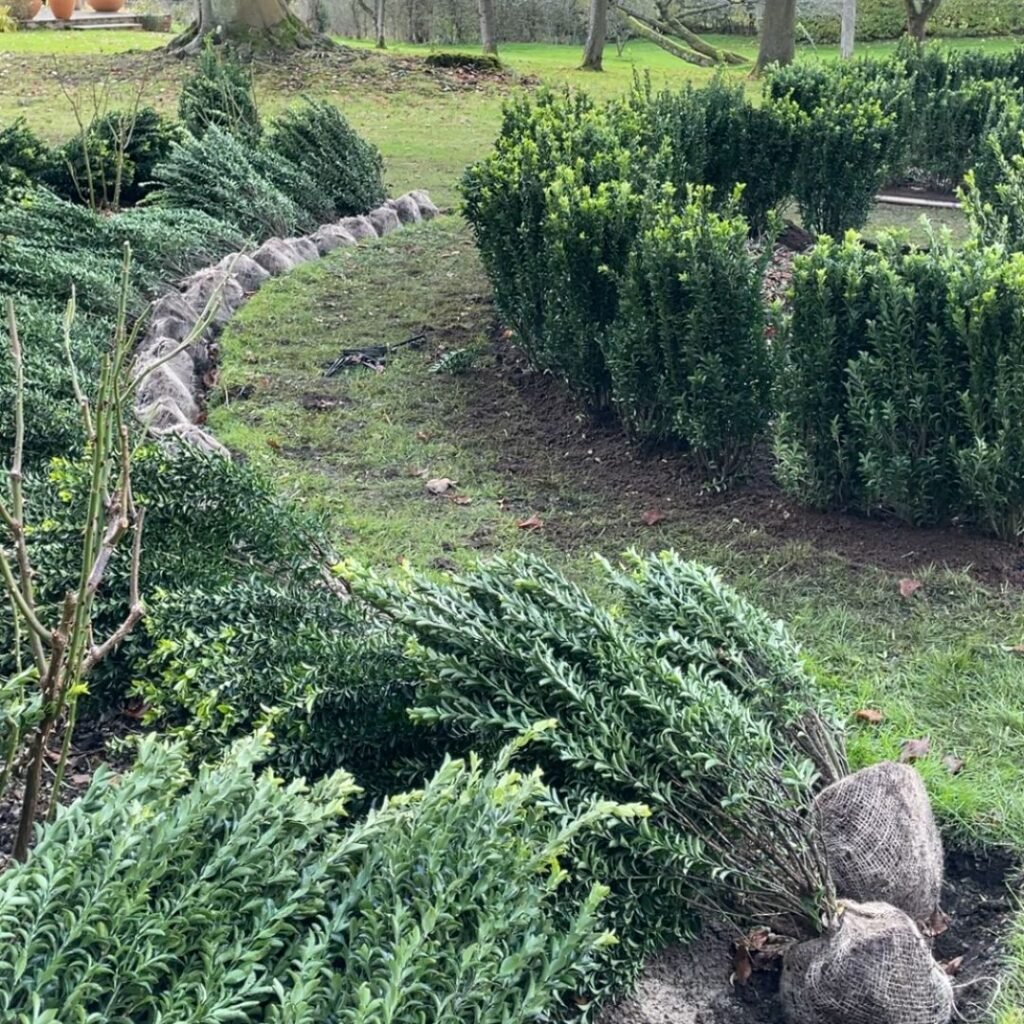
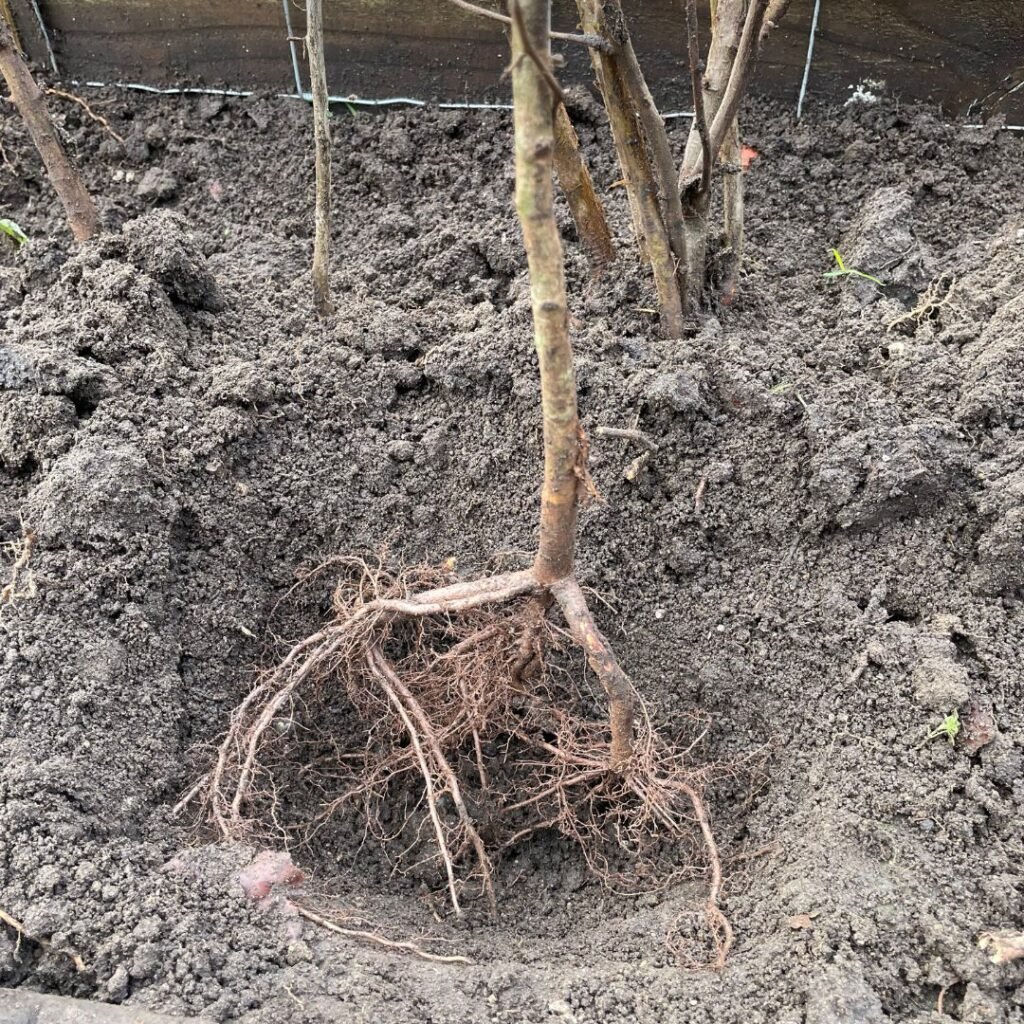
2. Plant for the Future
Bare-root or root-balled trees, hedges, roses and fruit bushes are at their very best value in winter and this is the perfect time to plant them. Whether you’re looking to start a small orchard of apple, plum, or cherry trees, or create a wildlife-friendly, native hedge of hawthorn, hazel and dog rose, planting now gives roots the chance to establish quietly in the soil, ready for spring. It’s important to remember to plant with guards, stakes and mulch to protect them from frost and hungry rabbits or deer.
For the more adventurous, winter is also the best time to start forest garden plantings. Forest gardens grow in layers, much like woodland edges, and once established they’ll give you fruit, herbs and perennial crops as well as food and shelter for wildlife. Look out for more blogs from us on Forest Gardening.
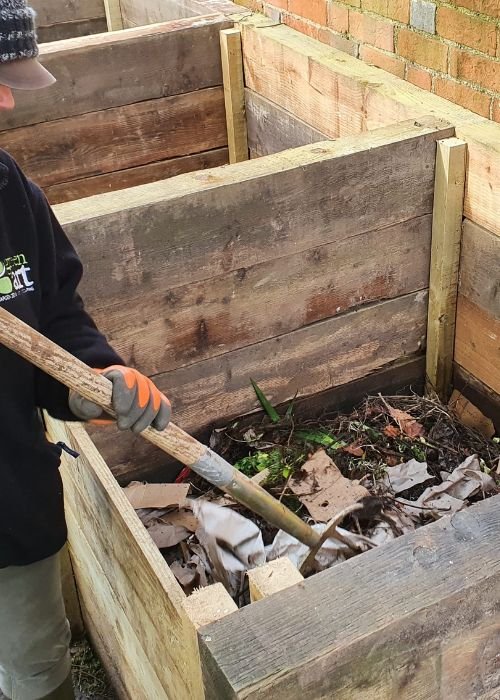
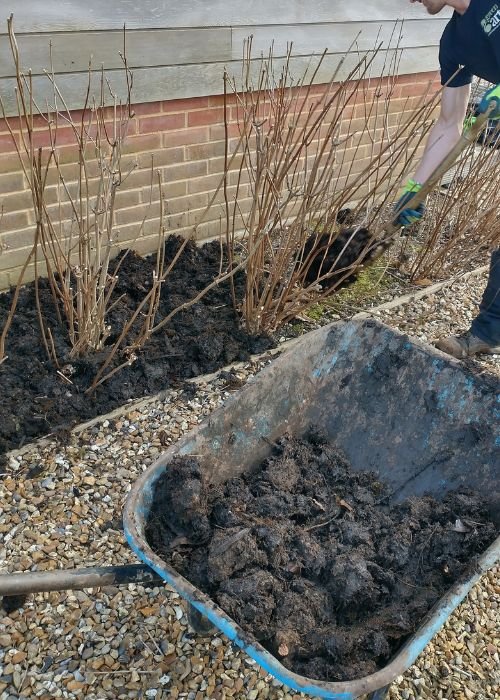
3. Care for Soil and Borders
Healthy soil is the foundation of any garden. Over the winter months, we can enrich beds with homemade compost, well-rotted manure, a composted fine bark or leaf mould. Rather than feeding plants directly, mulching feeds the soil, encouraging fungi, worms and microbes to do the work. Fungi extend plant root systems, worms and microbes improve drainage and turn organic matter into slow-release nutrients. The result is a self-sustaining soil ecosystem where plants grow stronger, cope better in dry spells, and the whole garden becomes more resilient.
Winter is also the perfect time to create or expand no-dig beds. Start by laying down sheets of plain cardboard to smother weeds and grass, then build layers of compost and organic matter on top. Over winter, worms and microbes get to work, breaking it all down into fertile, living soil that will be ready for planting vegetables and flowers in spring, all with far less digging and effort and better for the environment too.
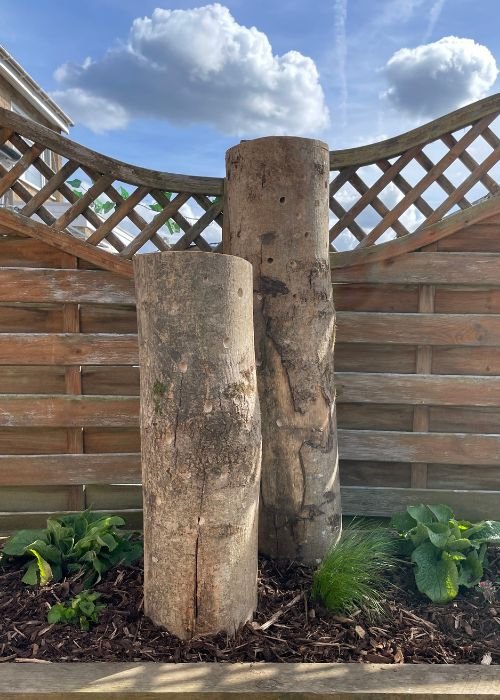
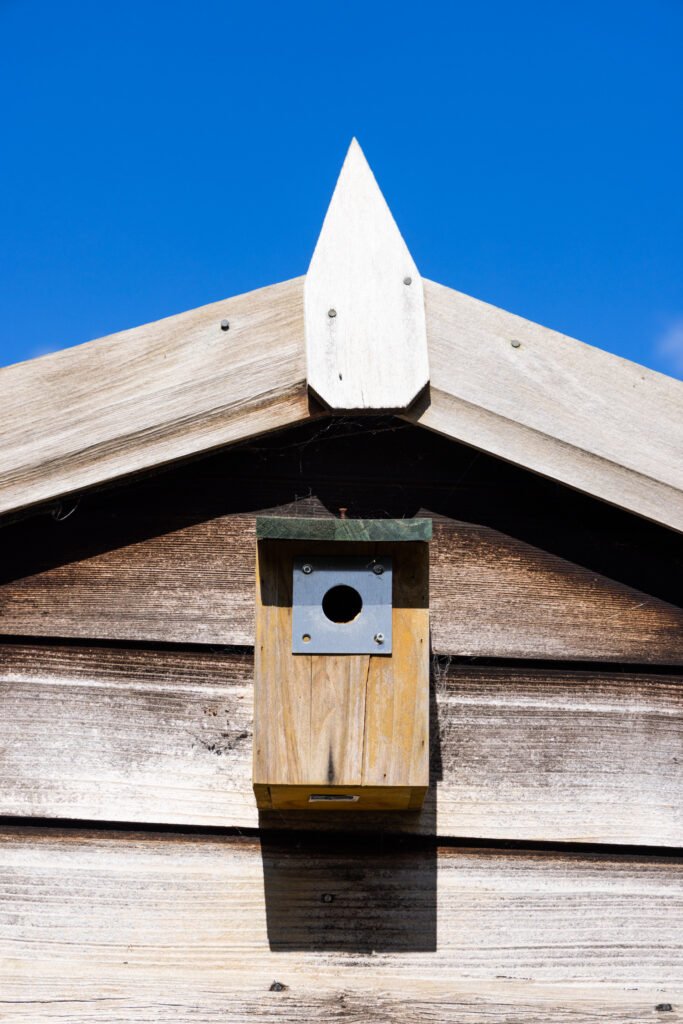
4. Support Wildlife and Biodiversity
Winter jobs aren’t just about tidying borders; they’re about helping nature too. One of the simplest ways is by using pruning’s to build dead hedges. These are low-woven barriers made from branches, cuttings, and brash that would otherwise be burned or binned. Far from looking messy, they can be built neatly to edge paths, divide areas of the garden, act as edging for a wilder border or soften fences – a rustic, natural feature with real charm. For wildlife, they’re invaluable: the tangled branches provide shelter for wrens, robins and hedgehogs, as well as nesting sites for overwintering insects. Over time as the material breaks down, it enriches the soil beneath, so the hedge is constantly giving back.
Alongside this, log piles, stone stacks and upturned turf offer more nooks and crannies for hibernating insects, amphibians and small mammals. Bee posts are a simple way to attract solitary bees and can either be old logs or fence posts with holes drilled in different sizes. Bird and bat boxes go up at this time of year too, ready for spring nesting. And ponds, often overlooked, benefit from a gentle clear-out of silt and reeds while frogs and newts are dormant.
Together, these touches create a patchwork of habitats and are attractive features that not only look good but also help your garden work as a living ecosystem.
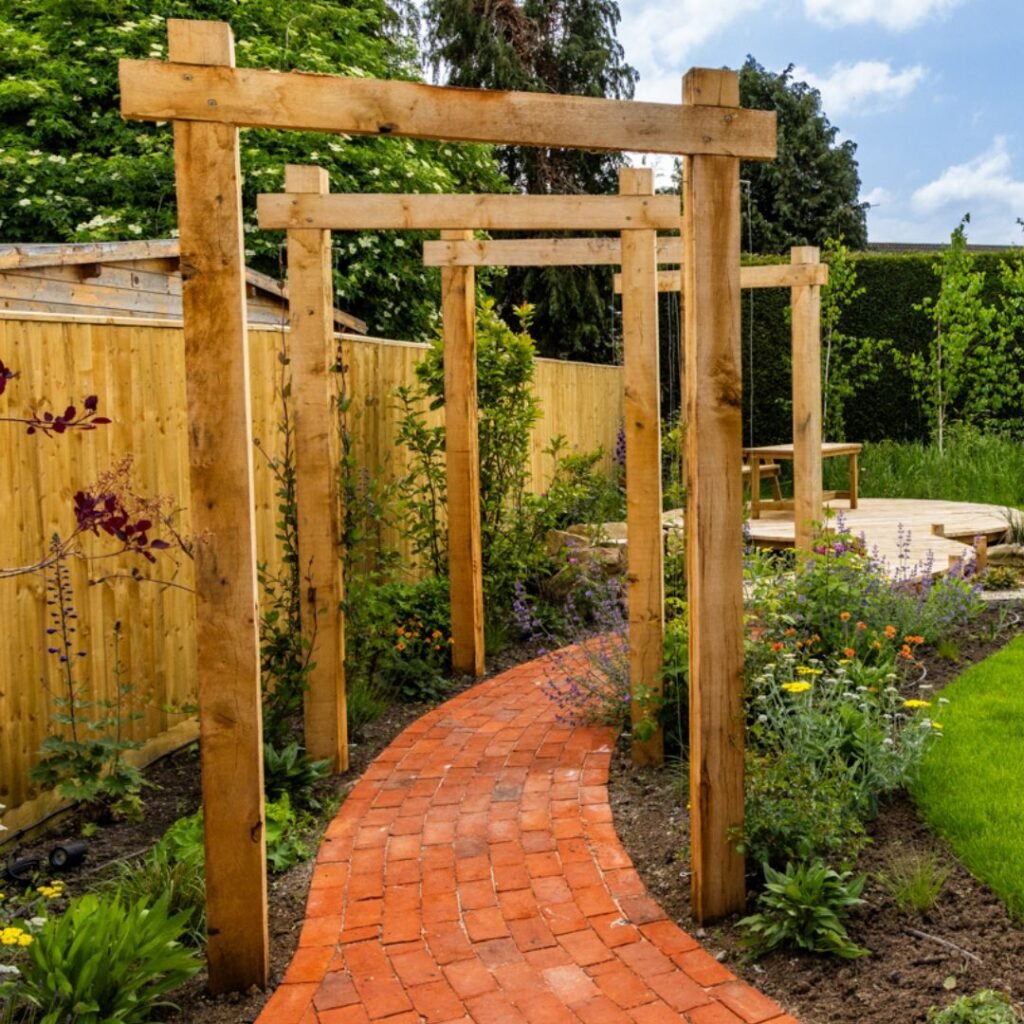
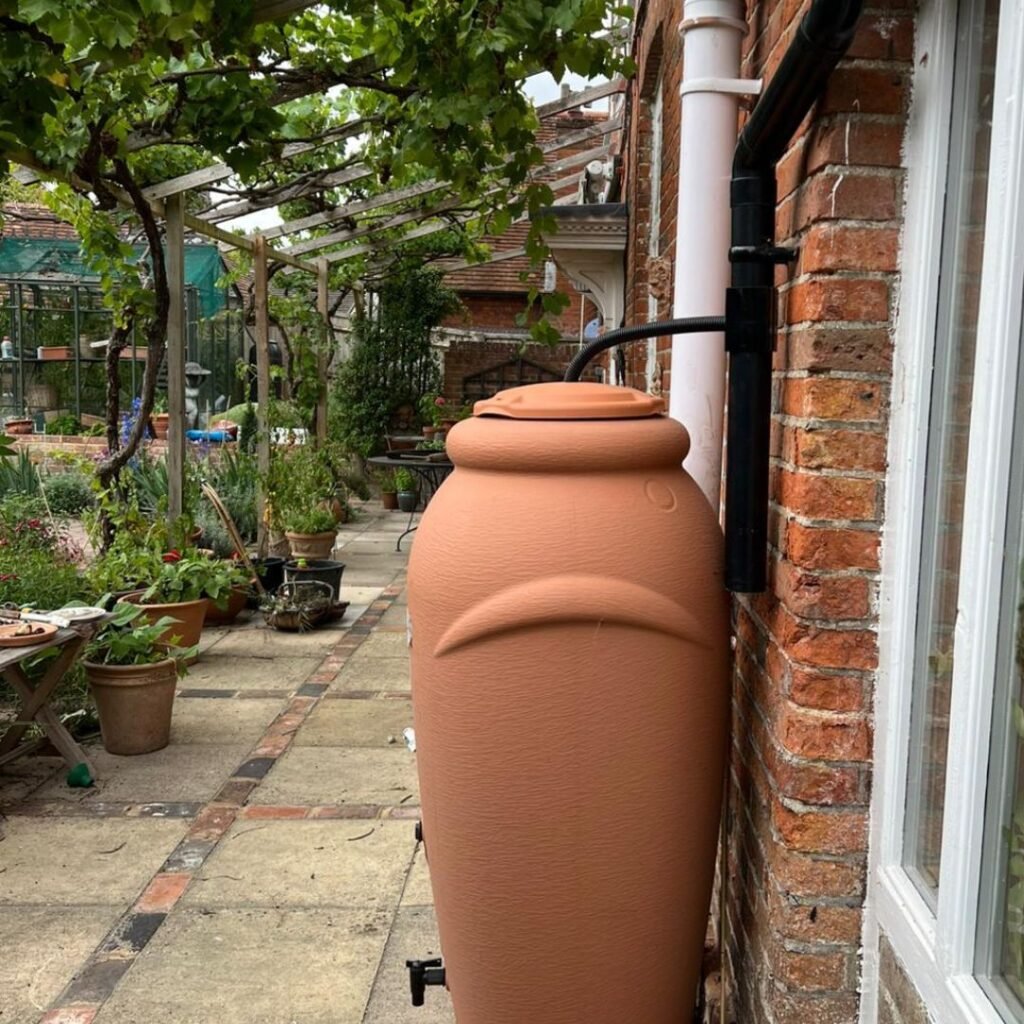
5. Strengthen your Garden’s Backbone
Cold months are the right time for repairing fences, mending gates, or even weaving new willow hurdles. It’s also ideal for constructing pergolas, trellises or arbours before climbing plants leap into action.
Winter is also the perfect moment to think about the “working heart” of the garden. Compost bays can be built bespoke with new or reclaimed timber or pallets or off-the-shelf kits to turn garden waste into rich soil food for next year.
Rainwater harvesting systems, from simple water butts linked to downpipes to larger under or over ground tanks can be installed now, making use of winter rains and setting you up for a drier summer.
For larger projects, winter gives us space to work on green roofs, rain gardens or swales that capture and slow rainfall. This turns heavy winter rain into a resource that nourishes gardens and builds resilience for hotter, drier summers.
A Garden Never Really Sleeps
So while it might look quiet above ground, winter is buzzing with potential below the surface. With the right care now, your garden will repay you in beauty, abundance, and wildlife come spring and summer.
At GreenArt, we offer a full range of winter gardening services, from hedge laying and pruning to mulching, planting, pond care and wildlife habitat creation. If you’d like us to take care of these jobs for you, our Care and Development team is here to help. Or, if you’d like to build your own skills you can book a 1-to-1 coaching session with one of our Senior Gardeners. Together we can create a plan for the year ahead and give you the confidence to carry out these tasks yourself, so your garden is set up to thrive.








